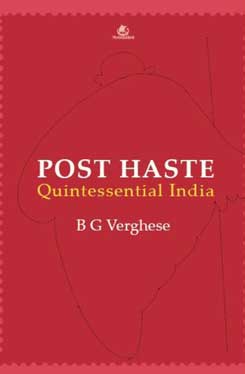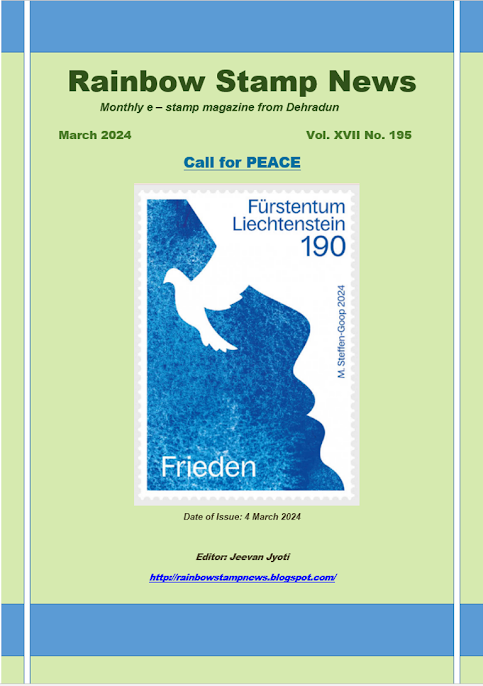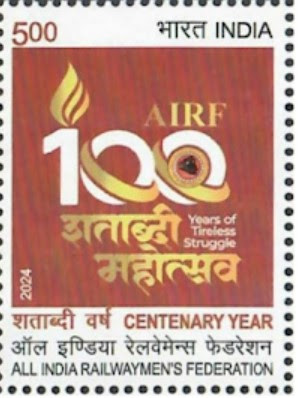FDC: 60th Anniversary of Belarus’ Entry into UNESCO
In 2014 the Republic of Belarus celebrates the 60th anniversary of its entry into the United Nations Educational, Scientific and Cultural Organization (UNESCO).On 14th April 2014, the Ministry of Communications and Information of the Republic of Belarus issued the stamp “60th anniversary of Belarus' entry into UNESCO”.
The stamp is of the denomination of “N” i.e. equal to the surface tariff of a postcard being sent abroad.
Sheetlet of six stamps
Besides the official logo of UNESCO, all the four World Heritage sites situated in the geographical boundary of Belarus are depicted on this stamp. They are (clockwise from the left top corner of stamp):
1. Architectural, Residential and Cultural Complex of the Radziwill Family at Nesvizh: It is located in central Belarus. The Radziwill dynasty, which built and kept the ensemble from the 16th century till 1939, gave birth to some of the most important personalities in European history and culture. Due to their efforts, the town of Nesvizh came to exercise great influence in the sciences, arts, crafts and architecture. The complex consists of the residence castle and the mausoleum church of Corpus Christi with their setting. The castle has ten interconnected buildings, which developed as one architectural whole around a six-sided courtyard. The palaces and Corpus Christi Church became important prototypes, which marked the development of architecture throughout central Europe and Russia.
2. Beloveshskaya Pushcha: It is located on the watershed of the Baltic and Black seas, this immense forest range, consisting of evergreens and broad-leaved trees, is the home of some remarkable animal life, including rare mammals such as the wolf, the lynx, the otter, as well as some 300 European bison, a species which has been reintroduced into the park.
Max Card: A herd of European Bison in Beloveshskaya Pushcha
3. Mir Castle Complex: The construction of this castle began at the end of the 15th century, in Gothic style. It was subsequently extended and reconstructed, first in the Renaissance and then in the Baroque style. After being abandoned for nearly a century and suffering severe damage during the Napoleonic period, the castle was restored at the end of the 19th century, with the addition of a number of other elements and the landscaping of the surrounding area as a park. Its present form is graphic testimony to its often turbulent history.
4. Struve Geodetic Arc: The Struve Arc is a chain of survey triangulations stretching from Hammerfest in Norway to the Black Sea, through ten countries and over 2,820km. These are points of a survey, carried out between 1816 and 1855 by the astronomer Friedrich Georg Wilhelm Struve, which represented the first accurate measuring of a long segment of a meridian. This helped establish the exact size and shape of our planet and marked an important step in the development of earth sciences and topographic mapping. It is an extraordinary example of scientific collaboration among scientists from different countries, and of collaboration between monarchs for a scientific cause. The original arc consisted of 258 main triangles with 265 main station points. The listed site includes 34 of the original station points, with different markings, i.e. a drilled hole in rock, iron cross, cairns, or built obelisks.
- Pradeep Kumar Mallik – Patna
Post Haste: Quintessential India - Unveiling an amazing India through stamps
A book Post Haste: Quintessential India written by B.G. Verghese was released on 1 May 2014 at India International Centre in Delhi.
Post Haste provides a glimpse of the colours and strands of India through its stamps. B. G. Verghese decided to illustrate the book with stamps rather than photographs or drawings. Post Haste offers a 350-page magical tour through its space and time. It is also possibly the only book in the world that tells the story of a country through postage  stamps.
stamps.
The story of the stamps covers important events in India's history and the contributions of significant individuals who made a mark in the nation's life. Verghese has intended "Post Haste..." as a book for young readers who know little about amazing India, but it is a book for all ages. It is a delightful book, to be dipped in again and again at leisure, to savour the interesting facts, amazing tales and engaging myths.
About the Author : Boobli George Verghese is a senior Indian journalist. He began his career as a journalist with the Times of India in 1949. In 1975, he received the Ramon Magsaysay award for outstanding contribution to journalism. He is currently Visiting Professor at the Centre for Policy Research, Chairman, Commonwealth Human Rights Initiative and Fellow, ASCI, Hyderabad.
Courtesy : Indian Philately Digest





















.png)













No comments:
Post a Comment